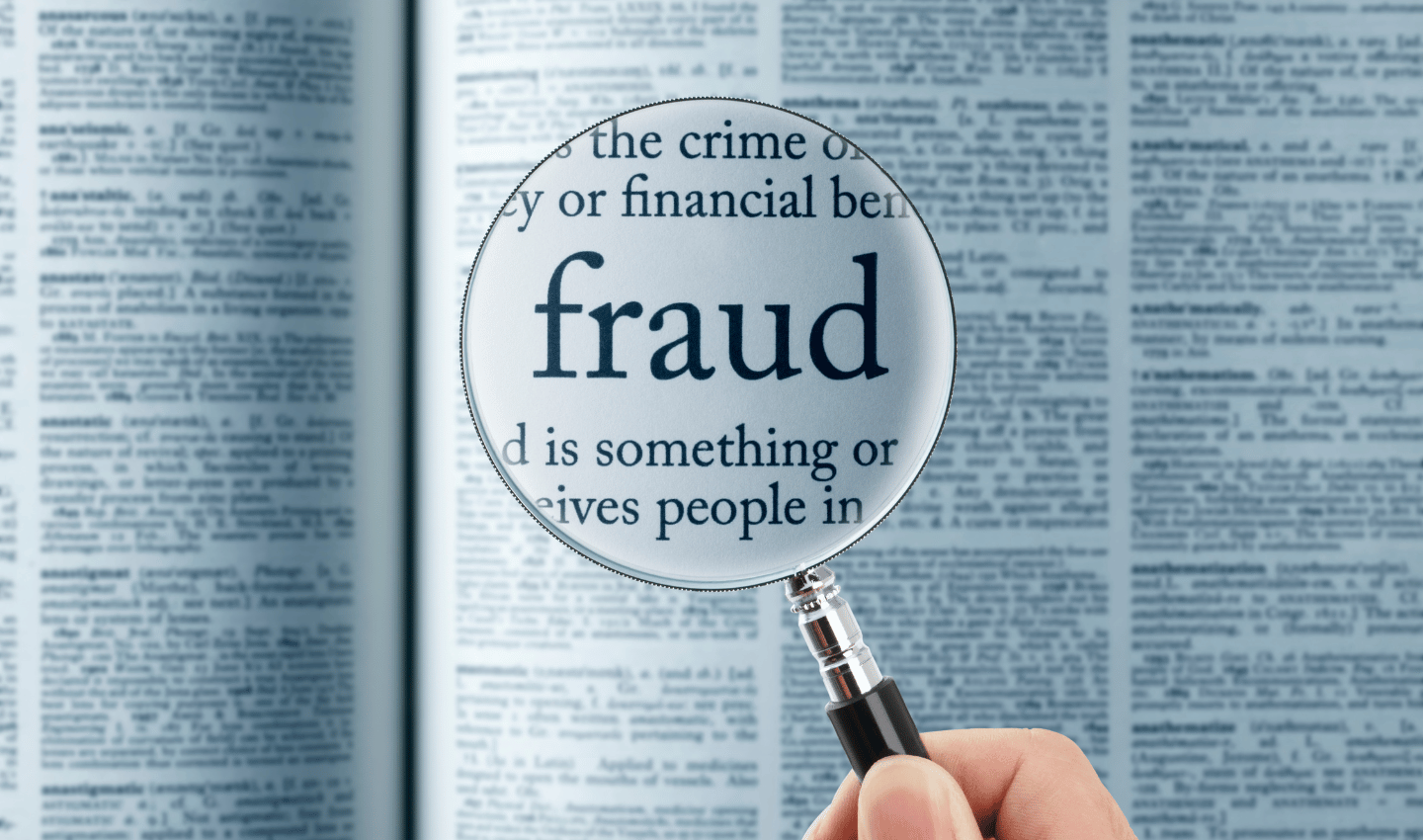The fraud triangle is a conceptual framework used to understand the factors that contribute to fraudulent behaviour. It was developed by Donald Cressey, a criminologist, and is widely recognized in the field of fraud examination.The fraud triangle consists of three elements that are believed to be necessary for fraud to occur: opportunity, motivation (or pressure), and rationalisation.
Opportunity: This refers to the circumstances or conditions that allow an individual to commit fraud without being easily detected. It includes factors such as weak internal controls, lack of oversight, inadequate segregation of duties, or loopholes in processes. When an individual sees an opportunity to commit fraud without significant risk of being caught, it increases the likelihood of fraudulent behaviour.
Motivation (Pressure): Motivation refers to the financial or personal pressures that drive individuals to commit fraud. Common pressures include financial difficulties, excessive personal debt, addiction problems, desire for a higher standard of living, or even workplace dissatisfaction. These pressures create a sense of urgency or desperation that can push individuals to rationalise fraudulent acts as a means to alleviate their problems.
Rationalisation: Rationalisation is the cognitive process by which individuals justify their fraudulent actions to themselves. They create a mindset that allows them to believe that their actions are justified or necessary. Rationalisations may involve thoughts such as “I deserve this” or “I’ll pay it back later” to alleviate guilt or ethical concerns. Rationalizing fraud helps individuals maintain a positive self-image and reduces cognitive dissonance associated with their dishonest actions.
The fraud triangle suggests that the convergence of these three factors—opportunity, motivation, and rationalisation—increases the likelihood of fraud. Preventing fraud involves addressing these factors through implementing strong internal controls, promoting an ethical work environment, providing financial support or counselling for individuals facing pressure, and promoting a culture of integrity.
It’s important to note that the fraud triangle is a conceptual framework and not an absolute predictor of fraudulent behaviour. Not all individuals facing pressure or presented with an opportunity will engage in fraud. However, understanding the factors involved can assist in implementing preventative measures and detecting potential fraud risks.
While controls addressing the fraud triangle are essential components of fraud prevention, a fraud detection system complements these controls by offering real-time monitoring, advanced analytics, scalability, and adaptability. It provides a proactive and dynamic layer of protection that helps you stay ahead of evolving fraud threats and reduces both fraud losses and false positives, all while optimizing the customer experience. Having a set of trained professionals manage this process on your behalf further maximizes the probability of success in mitigating fraud.
Movated’s Transaction Protect and Industry Plus products are designed to protect your business from Third-Party fraud. By combining various machine learning techniques, our hybrid machine learning capability enhances fraud detection accuracy, enables real-time monitoring, adapts to evolving fraud patterns, assigns risk scores to transactions, reduces false positives, and streamlines fraud investigations.
This adaptive and comprehensive approach helps businesses safeguard their online payment systems more effectively while minimizing the impact on legitimate transactions and improving the customer experience. Speak to us today to discover how you can beat the Fraud Triangle.


